#women in Japanese history
Text
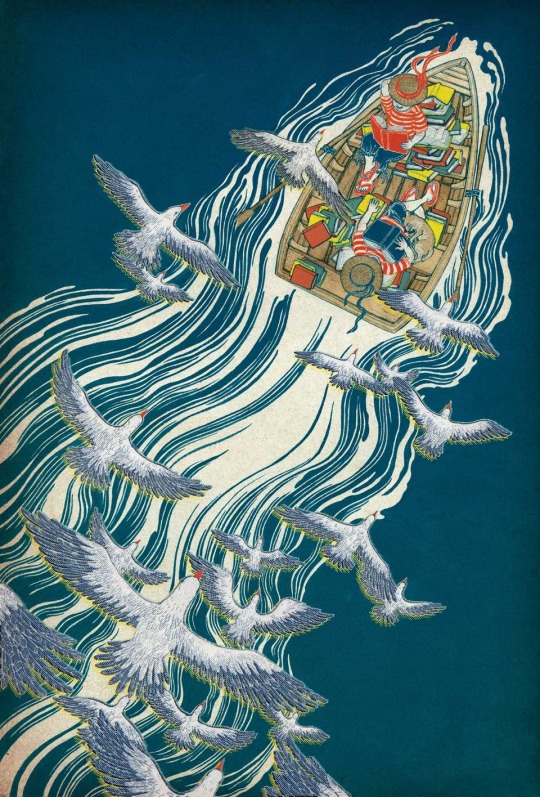
Yuko Shimizu
Artwork for Library of Congress National Book Festival
2016
#yuko shimizu#illustrator#commercial art#seascape#boats#seagulls#woman artist#women artists#art history#modern art#aesthetictumblr#tumblraesthetic#tumblrpic#japanese art#tumblrpictures#tumblr art#tumblrstyle#artists on tumblr#tumblrposts#aesthetic#graphic art#graphic artists#birdwatching#wildlife#nature
659 notes
·
View notes
Text
youtube
How Tamahagane (Japanese steel) was made, video by Life were I'm from.
As Japan did not have many iron ore deposits, it had for a long time to rely on more available satetsu 砂鉄 (ironsand, carried for ex. by rivers). Ironsand was then processed in special furnaces called tatara to make prized tamahagane 玉鋼 (traditional Japanese steel, used among other things to forge swords).
If you've seen Princess Mononoke, you know exactly how tatara forge could look like thank to Lady Eboshi's Iron Town:
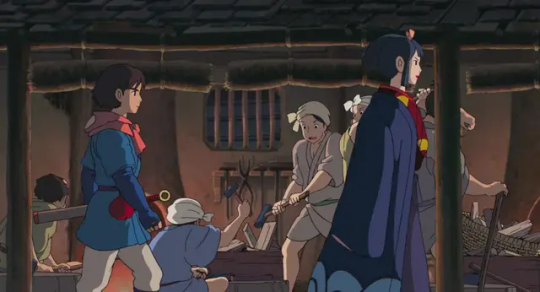

... and now I have the Tatara women work song stuck into my head <3
youtube
#japan#video#Life were I'm from#arts and crafts#japanese history#tamahagane#steel#satetsu#iron#ironsand#forge#tatara#furnace#industry#princess mononoke#mononoke hime#Tatara women's work song#music#Youtube
288 notes
·
View notes
Text
THE "COMFORT" WOMEN OF ASIA: a zine 🦋
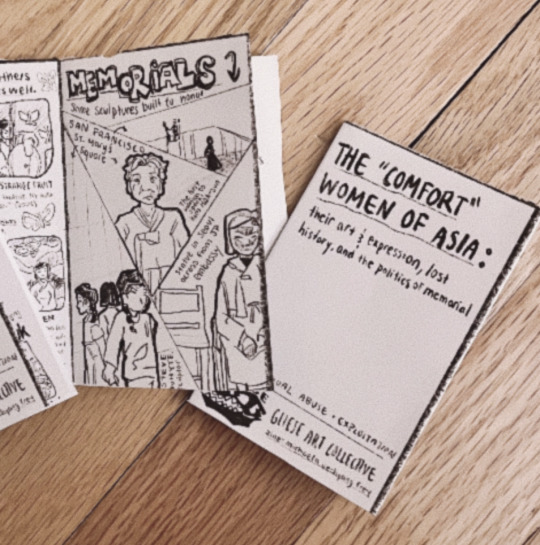

Hi everyone, we made a zine about an ongoing fight for the rights of "comfort" women from Korea, China, Taiwan, and the Philippines, who were enslaved by the Japanese military. We explored their art, stories, and worldwide memorials.
HERE is the printable, HERE is the online booklet. Transcription will be available soon!
#zine#zines#comfort women#anti imperialism#japanese imperialism#art history#student organization#gliese art collective#art#korea
145 notes
·
View notes
Photo



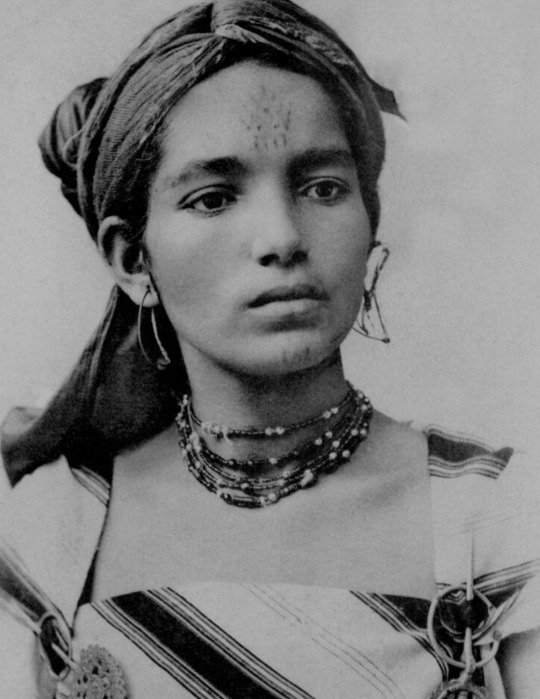
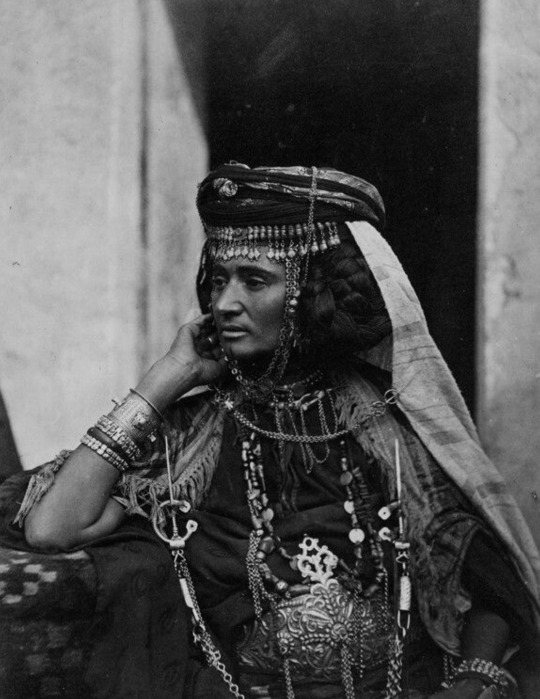

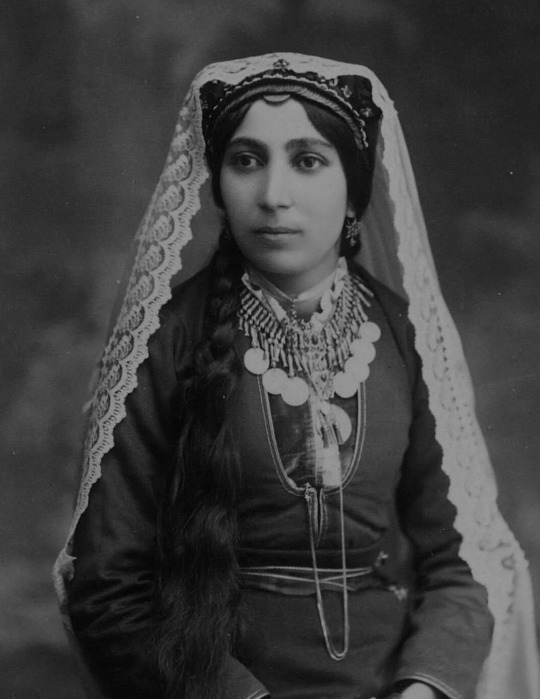
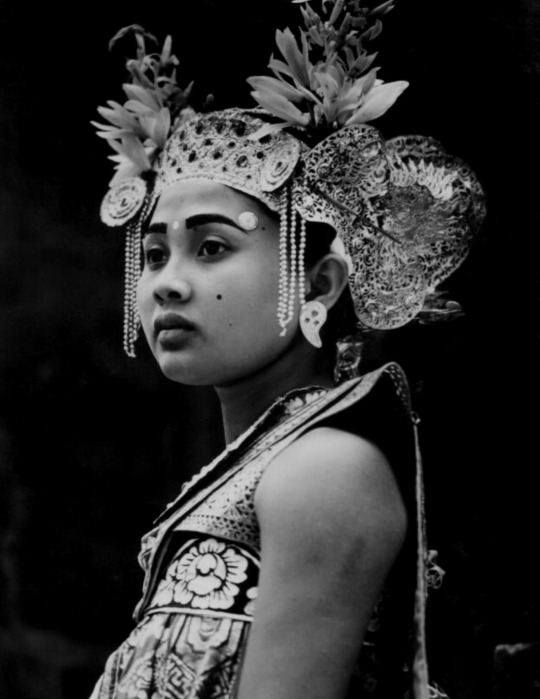
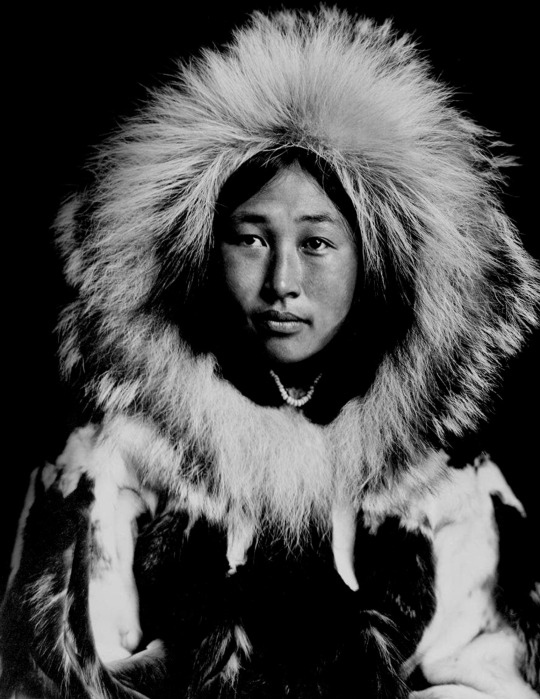

beauty around the world
#vintage#ph#photography#women in history#inuit#japanese#african american#armenian#south african#algerian#vintage photography#beauty#history
1K notes
·
View notes
Text

Lolita fashion is as empowering for women as it is adorable!💝
🎀🧸🎀
#history#lolitia#kawaii#fashion#japan#womens history#lolita fashion#cute#victorian#french rococo#girly things#japanese history#kawaii culture#women empowerment#kawaii community#feminism#girlhood#femininity#fashion history#soft girl#pink girl#self love#kawaii aesthetic#feminine#kawaiicore#japanese culture#the male gaze#clothing#nickys facts
78 notes
·
View notes
Text

Lady Saigō (1552 – 1 July 1589), also known as Oai, was the first consort and trusted confidante of Tokugawa Ieyasu, the samurai lord who unified Japan at the end of the sixteenth century and then ruled as shōgun. She was also the mother of the second Tokugawa shōgun, Tokugawa Hidetada. Her contributions were considered so significant that she was posthumously inducted to the Senior First Rank of the Imperial Court, the highest honor that could be conferred by the Emperor of Japan.
During their relationship, Lady Saigō influenced Ieyasu's philosophies, choice of allies, and policies as he rose to power during the late Sengoku period, and she thus had an indirect effect on the organization and composition of the Tokugawa shogunate. Although less is known of her than some other figures of the era, she is generally regarded as the "power behind the throne", and her life has been compared to a "Cinderella story" of feudal Japan.
Once she was in a respected and secure position as first consort and mother to Ieyasu's heir, Lady Saigō used her influence and wealth for charitable purposes. A devout Buddhist, she donated money to temples in Suruga Province, where she resided as the consort of Ieyasu, first in Hamamatsu Castle and later in Sunpu Castle. As she was quite near-sighted, she also established a charitable organization that assisted visually impaired women with no other means of support. Lady Saigō died at a fairly young age, under somewhat mysterious circumstances. Although murder was suspected, no culprit was identified.
Lady Saigō bore four children: she had a son and a daughter (Saigō Katsutada and Tokuhime) while married, and she later bore two sons as the consort of Tokugawa Ieyasu: Tokugawa Hidetada and Matsudaira Tadayoshi. Among the descendants of Lady Saigō was the Empress Meishō (1624–1696), one of very few women to accede to the Chrysanthemum Throne as empress regnant.
31 notes
·
View notes
Text
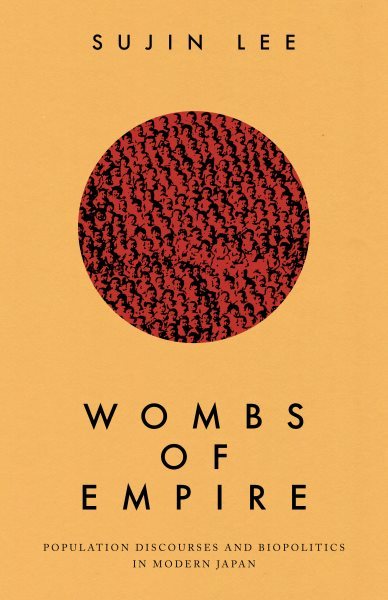
"Sujin Lee's Wombs of Empire provides a brilliant analysis of interwar and wartime Japan's biopolitics with a focus on the discourse on birth-control and its pivotal role in the problematization of population. Deftly interweaving a Foucauldian analysis and the intricacies of modern Japanese history, Lee illuminates the centrality of biopolitics for Japan's modernity or modernity at large. A tour de force."
19 notes
·
View notes
Text
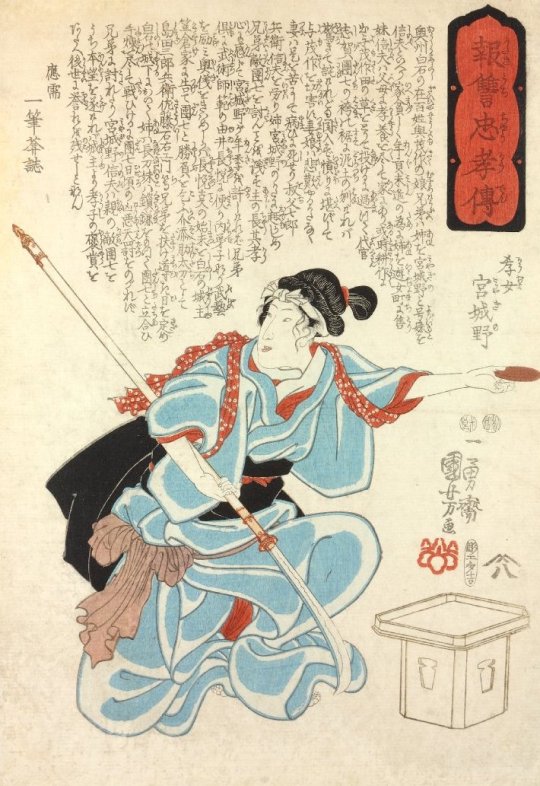
KOJO MIYAGINO: The Filial Using a Naginata (mid 1800s). Woodblock print, oban tate-e. 36.90cm x 25.40cm. British Museum.
What comes to mind when you hear the word samurai? Men wielding katanas? Ironclad Japanese warriors about to strike a blow? Or perhaps a robed samurai on the verge of self-sacrifice.
How about a kimono-wrapped lady on the verge of kicking ass?
While most women in feudal Japan were expected to adhere to traditional roles, samurai as a rising warrior class (actually called “bushi” before the Kamakura Period) included both men and women. However, "samurai" was a term reserved for men. Women "samurai" were deemed onna-musha (a female warrior on the offensive) or onna bugeisha, a warrior woman on the defensive.
Onna musha were rarer than their onna bugeisha counterparts, who were nevertheless formidable women. Onna bugeisha were trained in martial arts to defend their homes against the frequent ransacking that took place during the Warring States Period in feudal Japan. Their weapon of choice was the naginata, a curved sword mounted on a pole, first used by warrior monks in 750 A.D.
#onna musha#onna bugeisha#female samurai#japanese warrior women#warrior women#kamakura period#naginata#samurai#japanese history
10 notes
·
View notes
Text

Toshiko Takaezu was a trailblazer in ceramic art-making during the 1970s. She is best known for creating large, closed-vessel sculptures. At the time, fellow artists expressed shock that a woman could make such large pieces, some taller than the artist herself. Takaezu merged aspects of Japanese tea ceremony, calligraphy, and American Abstract Expressionism to create a new style from these diverse art traditions. She had a long career as an artist and teacher at the Cleveland Institute of Art and Princeton University.
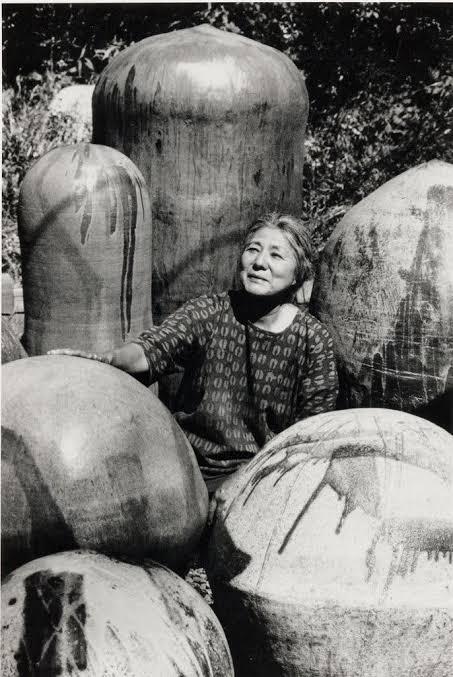
#toshiko takaezu#ceramics#clay#Japanese artist#Asian women#Asian artist#70s ceramics#wheelwork#women in history#Japanese woman#tea ceremony#calligraphy
47 notes
·
View notes
Text
Kazue Togasaki
Dr. Kazue Togasaki was born in 1897 in San Francisco, California. Dr. Togasaki received her medical degree in Philadelphia in 1933, and returned to San Francisco, where she opened her own practice. After the bombing of Pearl Harbor, Dr. Togasaki was one of more than 100,000 Japanese Americans sent to internment camps. She was placed in an "assembly center", an interim holding facility with poor conditions. At the Tanforan Assembly Center, Dr. Togasaki set up the medical facilities and led other healthcare professionals. In her first month, she delivered more than 50 babies. She provided care at every facility she was sent to thereafter. Dr. Togasaki continued to serve her community for 40 years after she was released. Over the course of her career, she delivered more than 10,000 babies.
Dr. Kazue Togasaki died in 1992 at the age of 95.
23 notes
·
View notes
Text
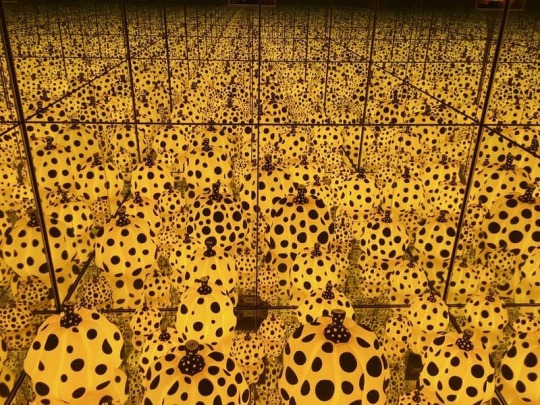


Yayoi Kusama, All the Eternal Love I Have for the Pumpkins, 1993
Yayoi Kusama, A Dream I Dreamed, 2014
Yayoi Kusama, Polka dot-covered orange and black Pumpkin mirror room, 1993
#yayoi kusama#pumpkins#pumpkin aesthetic#japanese artist#japanese art#asian art#contemporary art#woman artist#women artists#woman painter#aesthetic#beauty#modern art#art history#aesthetictumblr#tumblraesthetic#tumblrpic#tumblrpictures#tumblr art#tumblrstyle#artists on tumblr#women in art
176 notes
·
View notes
Photo

A English-language pamphlet from Saikū Historical Museum (斎宮歴史博物館) in Meiwa, Mie Prefecture, approximately the location from around the seventh to the fourteenth century of the Saikū (斎宮) shrine/palace/public office/residence of the saiō or itsuki no miko (斎王) priestess, an unmarried female member of the Japanese imperial family sent to Ise to serve at Ise Grand Shrine (伊勢神宮)
Acquired at the museum March 2, 1996
#三重県#mie prefecture#明和町#meiwa#斎宮歴史博物館#saiku historical museum#japanese history#japanese religion#womens history#pamphlet#ephemera#printed ephemera#paper ephemera#crazyfoxarchives
15 notes
·
View notes
Text

Japan's third empress regnant, Empress Jitō (645-703) was a powerful and effective ruler. Shrewd, bold and clever, she walked in the footsteps of empresses Suiko and Saimei and prevailed against all odds.
A troubled youth
Jitō was the daughter of Prince Naka no Ōe, the son of empress regnant Saimei. The year she was born, her father killed a minister in front of his mother, leading to her abdication.
Jitō’s maternal grandfather committed suicide three years later, having been wrongly accused of plotting against Prince Naka no Ōe. Jitō’s mother, Ochi, died of grief. Jitō was thus placed in her grandmother's care and raised by the former empress.
At age 12, she was married to her paternal uncle, Prince Ōama, who was 27. Jitō was a reserved person with a brilliant intelligence and much liked by the court. She was curious, open-minded and studied Chinese literature. The death of her grandmother in 661 pained her greatly. In 662, Jitō gave birth to her only child: prince Kusakabe. Her father then ascended took the throne as Emperor Tenji in 667.
Succession struggle
The question of Emperor Tenji’s succession soon arose. The sovereign favored Jitō’s half-brother, Prince Ōtomo, but Prince Ōama had his own ambitions. He and Jitō left the court, waiting for an opportunity to strike.
Ōtomo indeed succeeded Tenji, but Ōama revolted against him soon after with Jitō's support. When they arrived at Ise province, she dressed in male clothes and personally addressed the troops. She also worked on tactical plans. As Ōama left to leave an offensive in Ōmi province, Jitō took command of the troops stationed at Ise. She had indeed volunteered to defend the shrine dedicated to the sun Goddess, Amaterasu.
Their joint efforts led to their success. Ōama ascended the throne in 673 as emperor Tenmu, with Jitō becoming his co-ruler.
The radiant empress
Jitō was very influential in court matters. This was reflected in the choice of Tenmu's heir. He could have chosen his son by another woman, Prince Ōtsu, as his heir, but chose Jitō’s son, Prince Kusakabe, instead.
As Tenmu died in 686, Jitō took the matter in hand. She declared Ōtsu guilty of treason and forced him to commit suicide. She then organized grandiose funerals for her husband and wrote poems expressing her grief.
Oh, the autumn foliage
Of the hill of Kamioka!
My good Lord and Sovereign
Would see it in the evening
And ask of it in the morning.
On that very hill from afar
I gaze, wondering
If he sees it to-day,
Or asks of it to-morrow.
Sadness I feel at eve,
And heart-rending grief at morn—
The sleeves of my coarse-cloth robe
Are never for a moment dry.
Her son died in 689. Since her grandson was too young to rule, Jitō became empress regnant.
She reformed the country, establishing a strong central power and surrounded herself with capable ministers. In 689, she enacted a mandatory code for all local governors. In 690, she launched a population census.
She reformed the army, improving the recruitment conditions and the troops' training. A protector of the arts, she also actively participated in the propagation of Buddhism. Poetry became more refined during her reign. One of her poems was later included in the popular Hyakunin Isshu anthology:
The spring has passed
And the summer come again
For the silk-white robes
So they say, are spread to dry
On Mount Kaguyama
Jitō made her predecessors' objective of replacing the tribal system with a strong central power a reality. Her rule was synonymous with a degree of stability that neither her father nor husband were able to reach. She can be regarded as one of the true founders of Japan’s imperial monarchy. The empress was also fond of travels. In 692, she undertook a trip symbolic trip to Ise province, strengthening her authority and gaining the support of the local people.
The empress indeed took advantage of the Shinto rituals and the image of the sun Goddess to reinforce her legitimacy and used the links between the deity and the imperial family. Such was her prestige that Kakinomoto no Hitomaro, one of the greatest poets of his time, compared her to a goddess.
The retired empress
Jitō’s grandson, Monmu (r. 697-707) was ready to take the throne. She stepped back as Daijō Tennō (or “retired emperor”), becoming the first sovereign in Japanese history to assume this title. The power was in reality still in her hands. The Taihō Code was promulgated in 701, reforming governmental administration as well as administrative and penal law. This was only made possible by the reforms enacted during her reign.
In 702, she went through another tour of inspection of the eastern provinces and bestowed gifts and court ranks on the local officials and leading farmers. Jitō died in the first month 703 and her ashes were interred in her husband's tomb.
Here's is the link to my Ko-Fi if you like what I do! Your support would be greatly appreciated.
Further reading:
Aoki Michiko Y., "Jitō Tennō, the female sovereign",in: Mulhern Chieko Irie (ed.), Heroic with grace legendary women of Japan
Souyri Pierre-François, Nouvelle histoire du japon
#history#women in history#women's history#women's history month#japan#japanese history#powerful women#herstory#historyedit#7th century#queens#historyblr#historical figures#japanese prints#japanese art
110 notes
·
View notes
Text
Want to learn about historical women in Japan?
Look here, a shiny new community on Dreamwidth Histories of women in and around Japan, 1868-1945 The purpose of this site is, as the title suggests, to present a series of pocket histories of women in and around Japan during the pivotal period between 1868, the date of the Meiji Restoration when Japan took its first steps into modernity, and 1945, the end of the Second World War and with it the demise of the Japanese Empire. While excellent academic work has been done on the women of this period, there is little wide-ranging, easily accessible information in English to be found, and by introducing these women here I hope to make both the stories of their lives and the connections among them and their times more easily available.
6 notes
·
View notes
Text




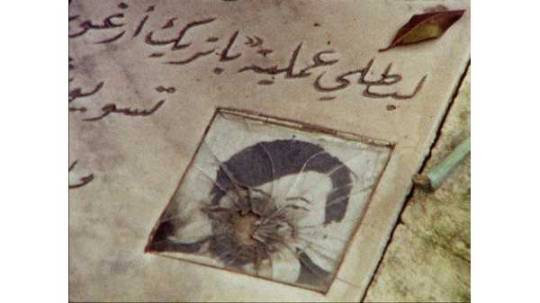


#Eric Baudelaire#Fusako Shigenobu#Palestinian Liberation#Documentary#Red Army#Radical Women#Revolutionary History#Masao Adachi#May Shigenobu#Japanese Revolution#Beirut#Lebanese Revolution#Communism#Japanese Directors
37 notes
·
View notes
Text

The onna-musha are a great example of how traditionalism and women empowerment are not always apposing ideas!
🇯🇵🚺🏯
#history#onna musha#japan#onna bugeisha#warriors#samurai#japanese history#women empowerment#girl power#naginata#female warriors#historical women#strong women#japanese women#feminine power#womens history#traditionalism#feminism#girly things#japanese culture#military#femininity#powerful women#nickys facts
31 notes
·
View notes